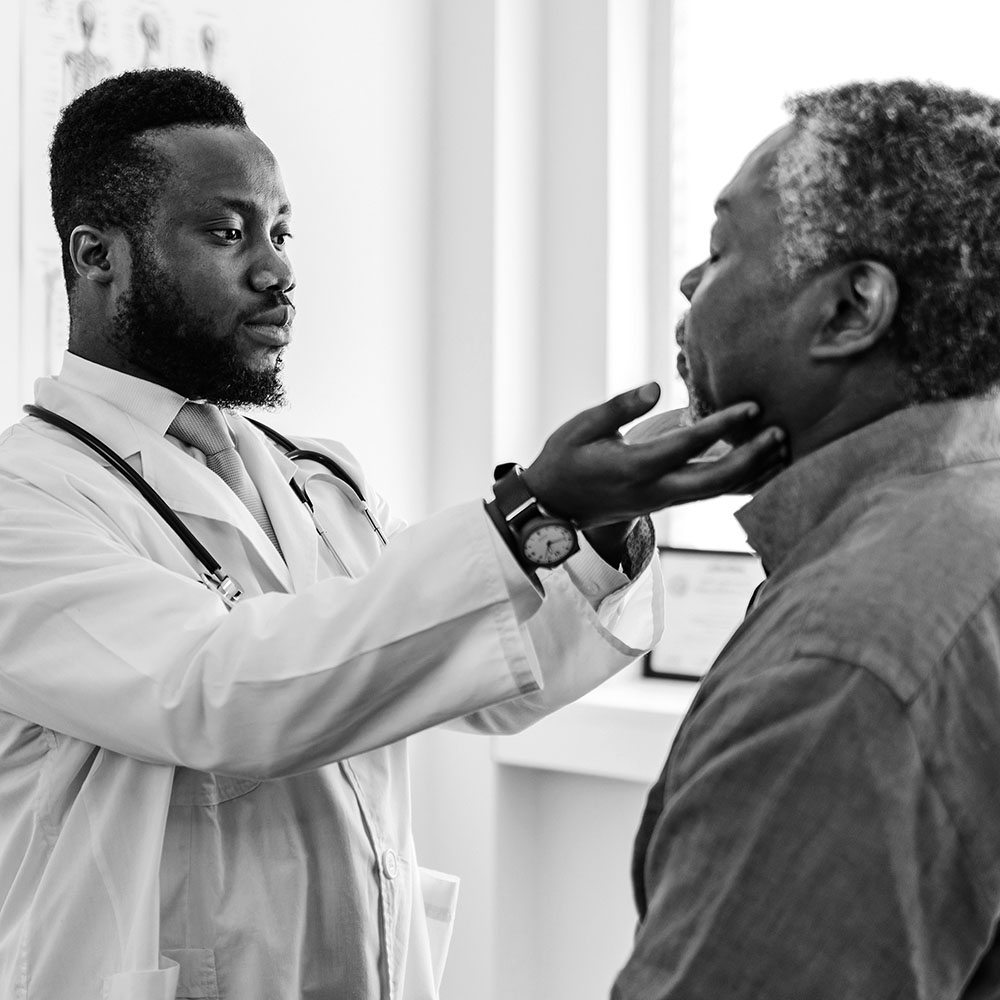- Updated: Primary Care for Adults With HIV (7/23/24)
- Updated: Clinical Guidance: Stimulant Use (7/17/24)
- Topics, Trends & Updates for June (6/13/24)
- Updated: Substance Use Screening, Risk Assessment, and Use Disorder Diagnosis (5/31/24)
- Topics, Trends & Updates for May (5/9/24)
- New: Prevention and Treatment of Mpox (5/6/24)
- Updated: Adolescent Consent to HIV and STI Treatment and Prevention (5/8/24)
- HIVinfo: Update to the Guidelines for the Prevention and Treatment of Opportunistic Infections in Children with and Exposed to HIV (7/3/24)
- NYCDOHMH: Additional Dose of COVID-19 Vaccine for People 65 Years of Age and Older (3/1/24)
- NYSDOH Health Alert Notice: Mpox Cases Associated with Person-to-Person Transmission (11/27/23)
- FDA Clears First COVID-19 Home Antigen Test (11/9/23)
- FDA Authorizes Updated Novavax COVID-19 Vaccine Formulated to Better Protect Against Currently Circulating Variants (10/3/23)
- CDC Update: Updated COVID-19 Vaccines are Recommended for Everyone Aged 6 Months and Older (9/13/23)
- FDA Takes Action on Updated mRNA COVID-19 Vaccines to Better Protect Against Currently Circulating Variants (9/11/23)
- NYS Medicaid Update – June 2024 (7/16/24)
- CEI Newsletter (7/16/24)
- Conversation with CEI Podcast: It’s Complicated…but Necessary! Navigating Confidential Sexual Healthcare for Adolescents (7/16/24)
- HIVinfo: Update to the Guidelines for the Prevention and Treatment of Opportunistic Infections in Adults and Adolescents with HIV (7/9/24)
- HIVinfo: Update to the Guidelines for the Use of Antiretroviral Agents in Pediatric HIV Infection (6/27/24)
- NYSDOH AI Dear Colleague Letter: HIV Self-Test Giveaway starts June 26 (6/26/24)
- NYSDOH AI: Free HIV Self-Test Eligibility Survey (6/26/24)
The New York State Department of Health (NYSDOH) AIDS Institute (AI) Clinical Guidelines Program is a longstanding, collaborative effort of the AI Office of the Medical Director and the Johns Hopkins University School of Medicine, Division of Infectious Diseases.
The program produces and publishes evidence-based, state-of-the-art clinical practice guidelines that establish uniform standards of care for NYS to improve the health and well-being of all adults who receive prevention services or treatment for HIV, viral hepatitis, other sexually transmitted infections, and substance use disorders. Learn more:
- 08/08/2024: Clinical Practice Guidelines for the Treatment of Alcohol Use Disorder
- 08/15/2024: Universal Hepatitis C Screening among Pregnant Persons to Reduce Stigma and Advance Elimination
- 08/26/2024: Hepatitis C and HIV Coinfection
- 09/11/2024: 2024 Annual New York State Hepatitis C and Drug User Health Conference









